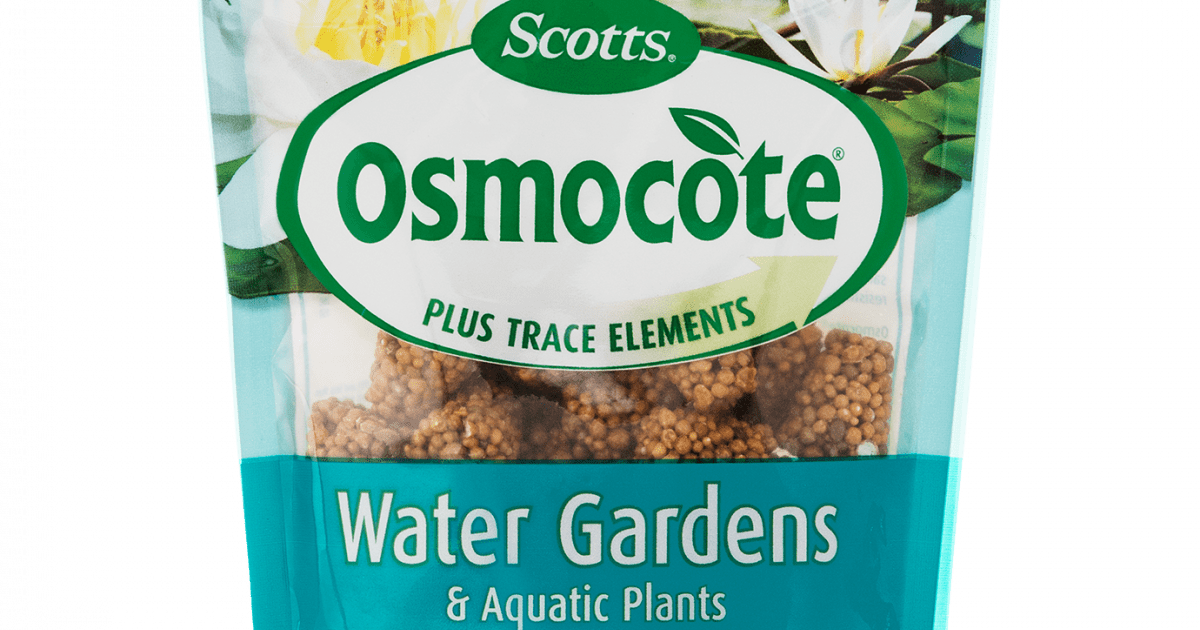Anyone know what chemical Sera or JBL uses to remove JUST silicates?
Here in the US all we can get is "stuff" that removes both phosphates and silicates.
Amazon product ASIN B00UUAY3TYAluminum oxide based?
SERA and JBL sell a selective compound that supposedly does not remove phosphates.
I'm baffled why such a product is not available here. Kind of an unusual turn around.
Related question SERA lists it a "MARINE" while the JBL lists both fw and sw use.
Amazon product ASIN B01NBNPTYP
So chemists?
OPP's the JBL does state it removes phosphates.
Leaves just the mystery of SERA and saltwater.
so SERA Silicate Clearand Osmocote for water gardens.. 2 products that are unavailable in the US.

 www.lovethegarden.com
www.lovethegarden.com
Thought I'd throw that in for fun. Can you get that in the UK?
someday I may test "regular" Osmocote which many use for home made root tabs. I seriously doubt it is a slow release in a water environment.
Those "pills" are designed to open when wet. I believe they would rapidly dump in an aquarium.
Here in the US all we can get is "stuff" that removes both phosphates and silicates.
Amazon product ASIN B00UUAY3TYAluminum oxide based?
SERA and JBL sell a selective compound that supposedly does not remove phosphates.
I'm baffled why such a product is not available here. Kind of an unusual turn around.
Related question SERA lists it a "MARINE" while the JBL lists both fw and sw use.
Amazon product ASIN B01NBNPTYP
So chemists?
OPP's the JBL does state it removes phosphates.
Leaves just the mystery of SERA and saltwater.
so SERA Silicate Clearand Osmocote for water gardens.. 2 products that are unavailable in the US.

Scotts Osmocote® Controlled Release Fertiliser: Water Gardens & Aquatic Plants
FEATURES Scotts Osmocote® uses advanced prill technology that ensures even and controlled nutrient release with no wastage The tabs have a non-s
Thought I'd throw that in for fun. Can you get that in the UK?
someday I may test "regular" Osmocote which many use for home made root tabs. I seriously doubt it is a slow release in a water environment.
Those "pills" are designed to open when wet. I believe they would rapidly dump in an aquarium.
Last edited:




